AI Answer Evaluation Platform Live Now. Try Free Answer Evaluation Now

Counter Culture
In a global context replete with variety, Counter Culture refers to a subculture whose norms and values radically deviate from those of the mainstream society.
+91-7303290503, +91-9557169661 | MON to SUN 10:00 AM - 6:00 PM
Culture refers to the shared beliefs, values, practices, and traditions that define a group or society. This category covers topics related to cultural diversity, including the study of different cultures, sub-cultures, and their significance in shaping our world. From exploring the origins and evolution of culture to examining the impact of globalization on cultural practices, this category provides insights into the diverse and complex nature of human culture.

In a global context replete with variety, Counter Culture refers to a subculture whose norms and values radically deviate from those of the mainstream society.

The concept of disease transcends mere physiological dysfunction and delves into the realm of cultural interpretations and social constructions.

The concept of health has evolved and diversified throughout history, adapting to various cultural, technological, and social contexts. By examining different cultures, societies, and historical periods, we can arrive at a more nuanced understanding of what it means to be "healthy."
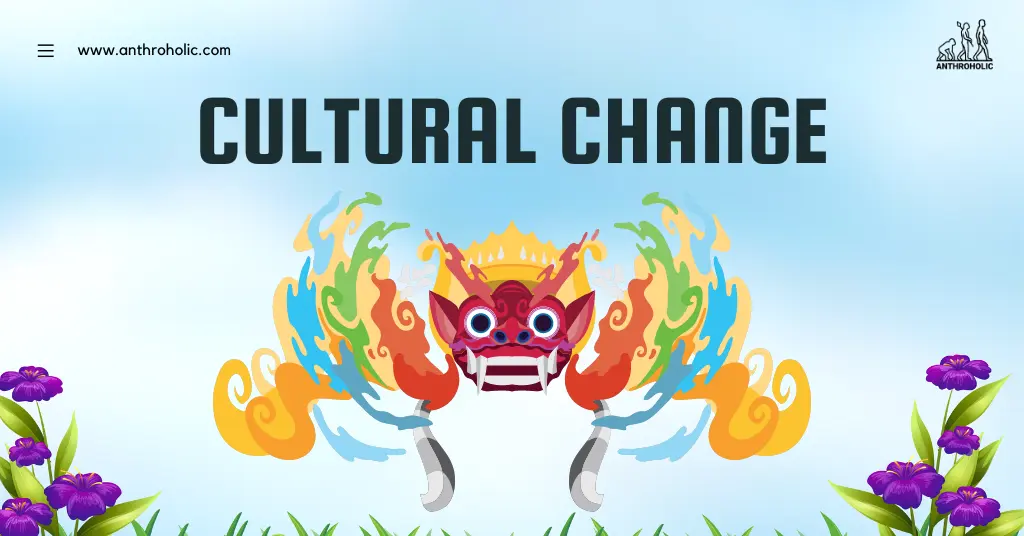
Cultural change refers to the transformation, modification, or shifts in the cultural patterns of a society over time. This change might manifest in beliefs, values, norms, symbols, and artifacts, among others .
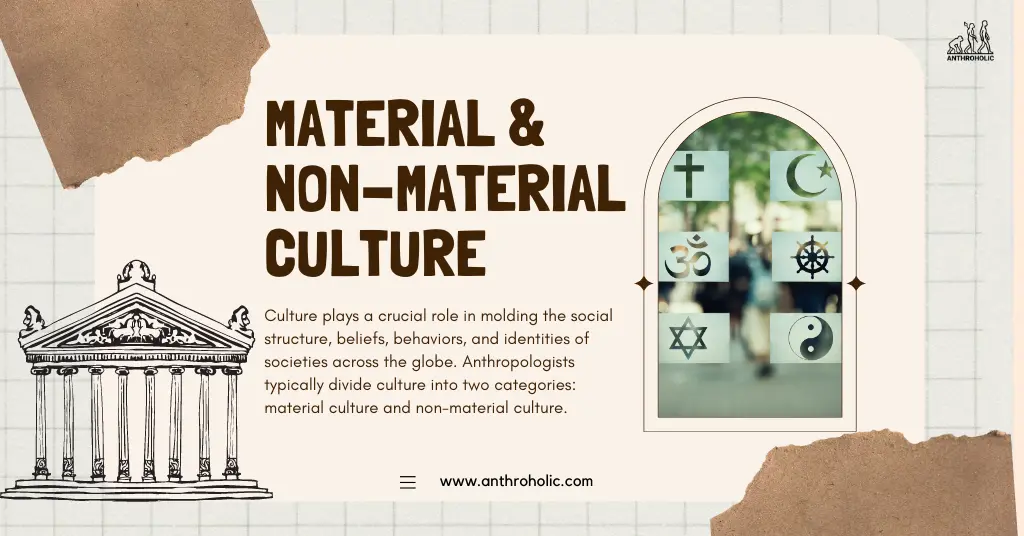
Culture plays a crucial role in molding the social structure, beliefs, behaviors, and identities of societies across the globe. Anthropologists typically divide culture into two categories: material culture and non-material culture.
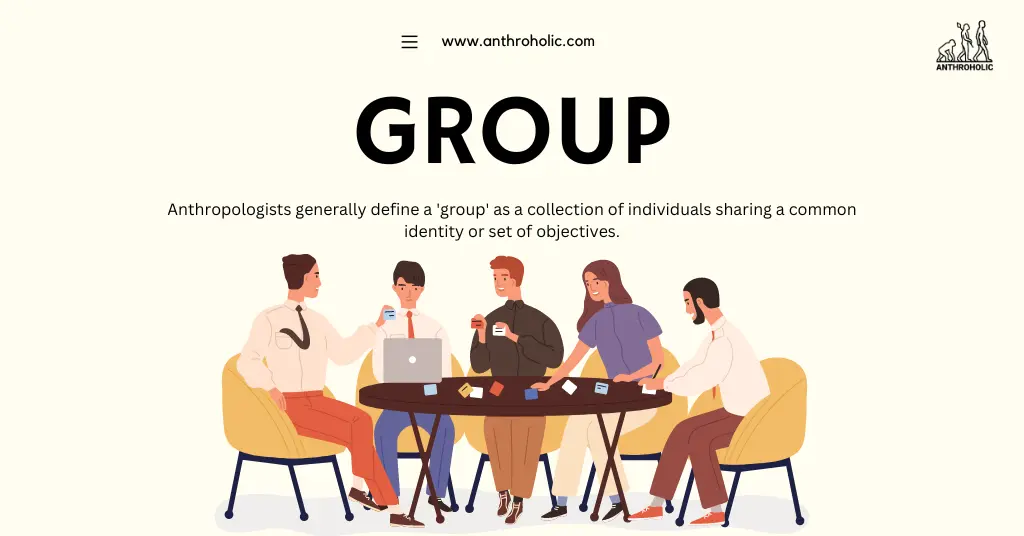
The concept of a ‘group’ serves as a cornerstone in social anthropology, providing essential insights into the structures and dynamics that define human social interaction.

Cultural traits can be defined as individual units of culture, such as the language spoken, clothing worn, religious beliefs, or customs practiced. These traits can be tangible, like artifacts and symbols, or intangible, like belief systems and traditions.

Structuralism, originally developed by anthropologist Claude Lévi-Strauss in the mid-20th century, revolutionized the way we understand culture, language, and society.
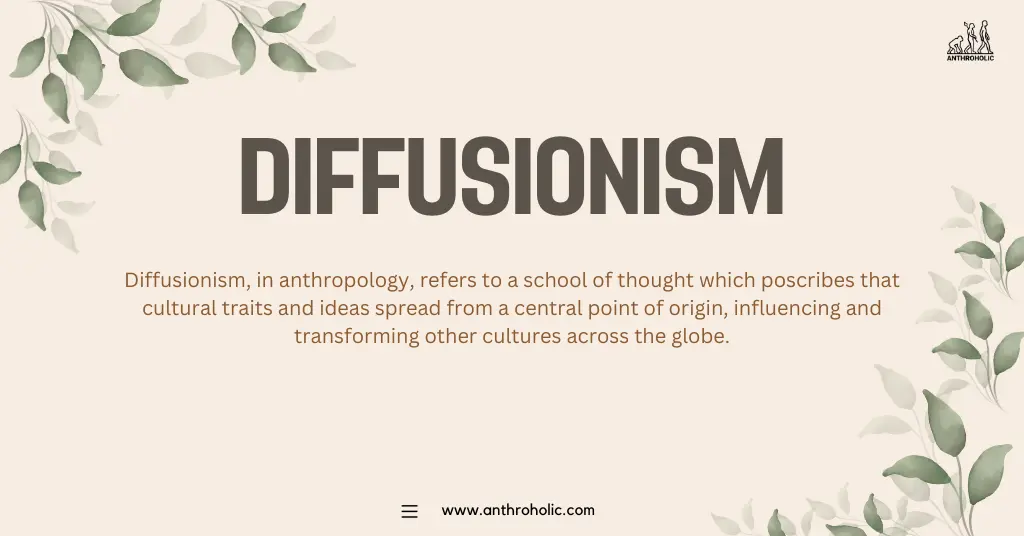
Diffusionism, in anthropology, refers to a school of thought which poscribes that cultural traits and ideas spread from a central point of origin, influencing and transforming other cultures across the globe.
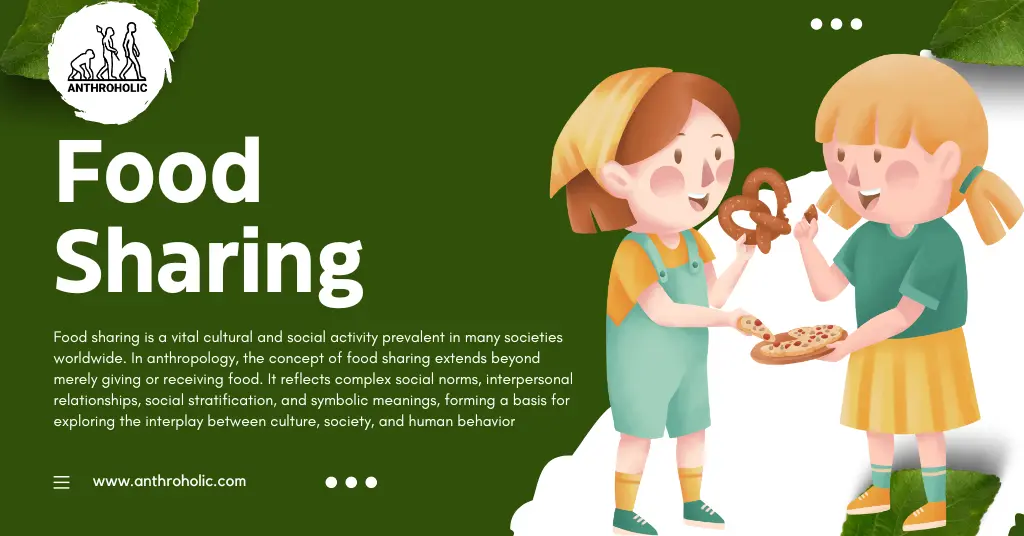
Food sharing is a vital cultural and social activity prevalent in many societies worldwide. In anthropology, the concept of food sharing extends beyond merely giving or receiving food.

The Sapir-Whorf Hypothesis, a seminal concept in the field of linguistic anthropology, posits a relationship between language, thought, and culture, emphasizing that our understanding and perception of reality are influenced by the language we use
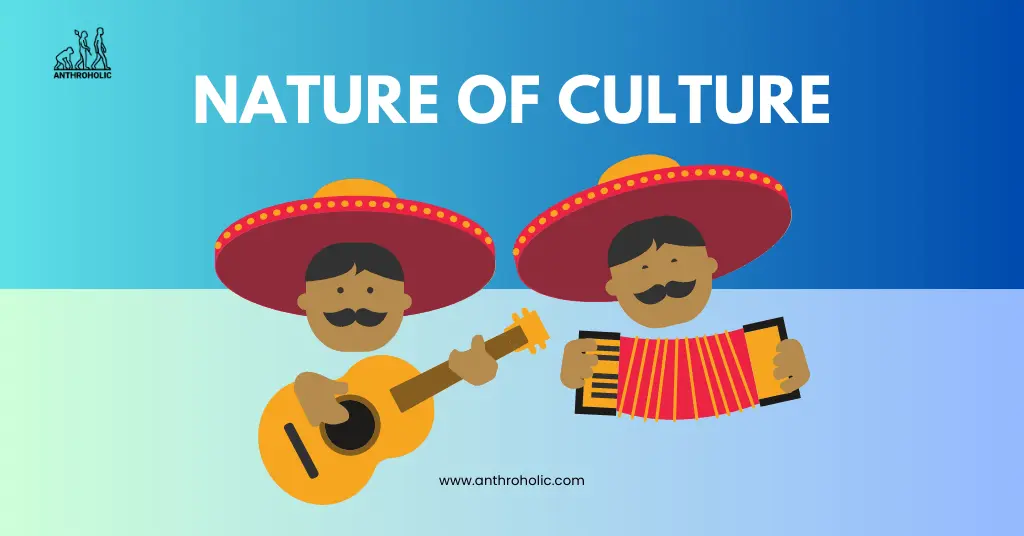
Culture is more than just art, music, and cuisine—it's an intricate tapestry of shared beliefs, values, and customs that knit communities together. The "Nature of Culture" varies from society to society, evolving and adapting with time and circumstance.